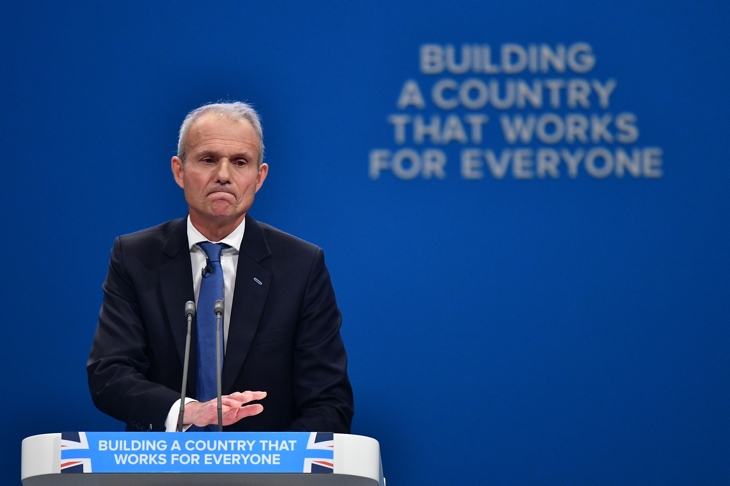Will Theresa May make it to the end of the week? It’s a question that’s been asked before of the Prime Minister but this time the situation is more serious. After a disastrous few days in which May lost the support of her whips, Remain MPs and Brexiteers, the Sunday papers report that a Cabinet coup is underway. Backbench MPs are publicly taking to Twitter to say the Prime Minister’s time is up – while a number of ministers are preparing to confront her on Monday. Given that ministers have a tendency to exhibit more bravery in anonymous Sunday paper briefings than real life meetings, it’s not a definite that they will follow through on their threats.
However, it’s increasingly difficult to see a way through for the Prime Minister. There had been a hope among the Whips that May would promise to resign this weekend and that this pledge would be enough to get her deal over the line. That hasn’t happened and events are now overtaking any such plans. Were May to resign now, it’s not clear it would be enough to pass her Brexit deal. Two theories are currently doing the rounds in the Conservative party over how best to oust May from her position and overcome the Brexit paralysis.
The first involves David Lidington – May’s de facto deputy. Under this plan, ministers would tell May it is time for her to go and then Lidington would step in as a safe pair of hands to lead the party (and country) at this time of crisis. May could remain as Prime Minister in name only during this period. Lidington would then 1. Agree A50 extension 2. Oversee indicative votes 3. Oversee leadership contest in a neutral manner. Lidington’s supporters say that he is the man for the job as he doesn’t have long term leadership ambitions so would step aside (unlike others) when the time is right. The clear problem here, however, is that Lidington would be a toxic choice to many Brexiteers. He has made clear that when push comes to shove he would favour a long extension or indicative votes – rather than considering a no deal Brexit. It follows that the bulk of those pushing this option are MPs who favour a soft Brexit. It’s already been branded a ‘Remainer plot’ by government aides.
The second so-called solution is to install Michael Gove as an interim leader. This is an idea that Toby Young first floated on the Coffee House Shots podcast on Friday. In this scenario, May is once again confronted by ministers and opts to go. Gove then takes the helm in the short term at least on the grounds that he is a Brexiteer who is supportive of the Withdrawal Agreement. Gove would then work to convince Brexiteers to back the agreement – then a Tory leadership contest would follow once the UK had left the EU, ideally May 20th. One of the cons with this option is that MPs are sceptical that Gove would move aside.
Neither option is without problems – European Research Group member Steve Baker has already suggested he wouldn’t be satisfied with either candidate (fearing both would pivot to a customs union). The very idea of a ‘caretaker prime minister’ is too much for some MPs – they believe even a leader for a brief period should be chosen by the membership. What’s more, it’s hard to see how either candidate could end the Brexit paralysis without triggering the things May has been trying to avoid – a split in the Tory party or the government being brought down.
Despite the uncertainty, the important thing to note is that the focus in the party has moved from what May can do to improve the situation to who can step in and fix it. One usually loyal minister tells me that what is now required is a ‘caretaker prime minister’ along with ‘fresh blood in the Cabinet’. A government insider says they would be surprised if May was still in No. 10 in two weeks’ time. Theresa May’s problem is that while MPs might not be able to agree on who should take over, they now see most candidates as preferable to her.







Comments